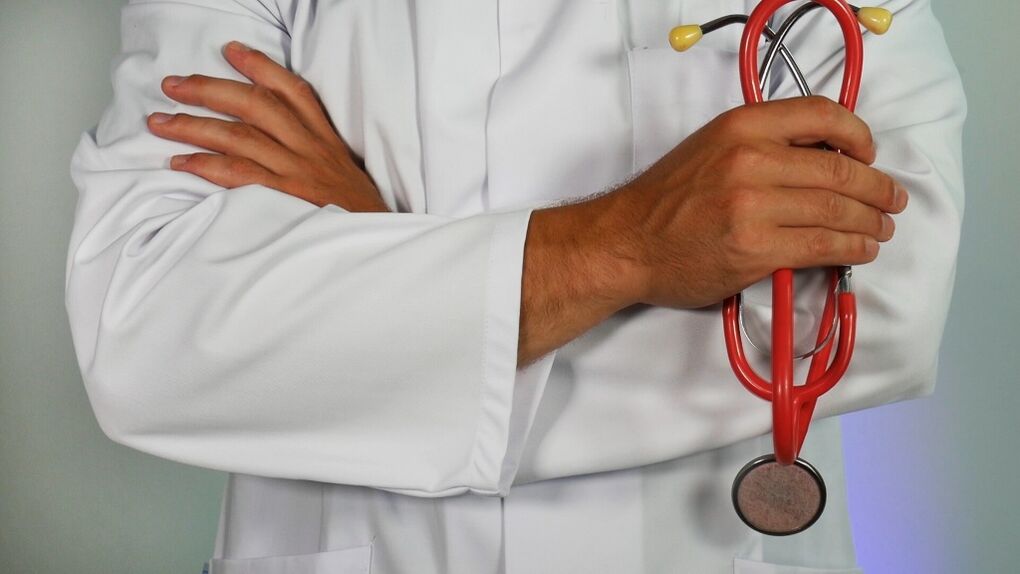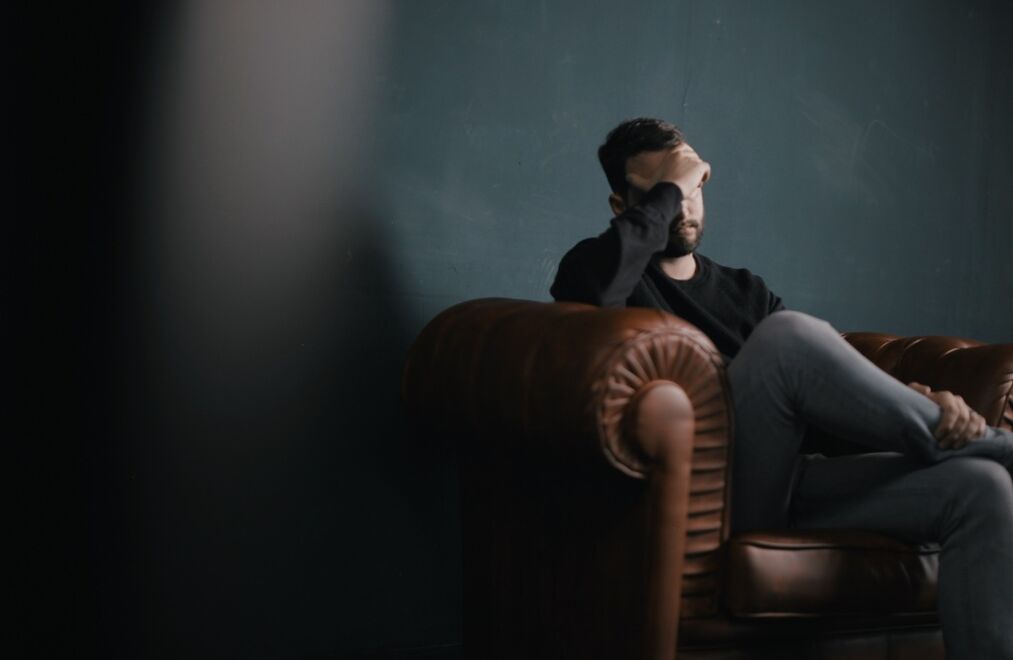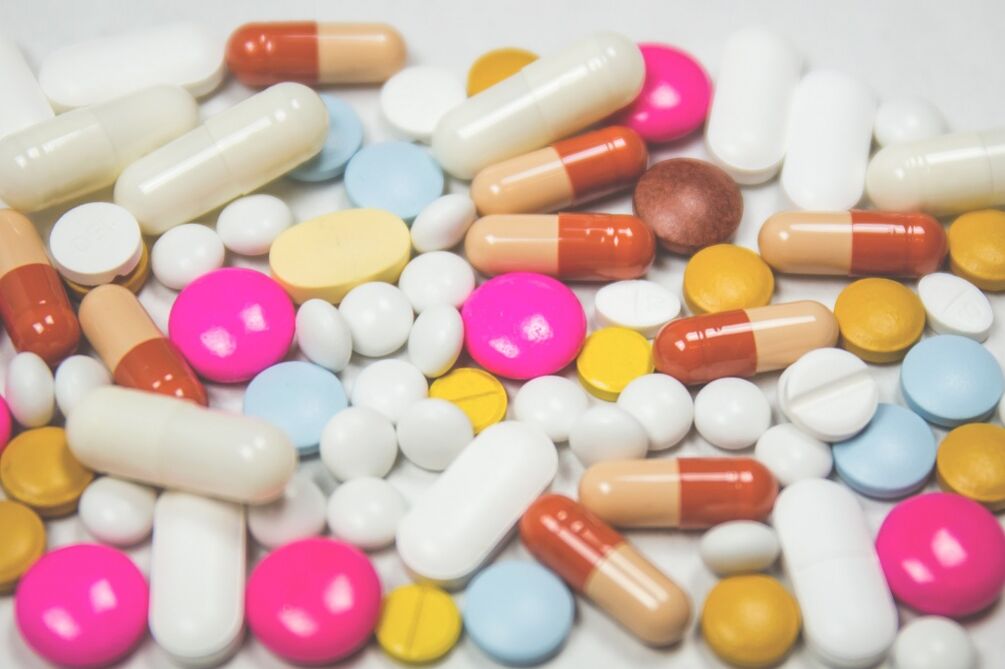What is prostatitis?This is the most common urological disease in men, caused by pathogenic (definitely causing the disease) and opportunistic infections on the background of prostatic inflammation.

In most cases, this is a complication of a low-symptomatic or asymptomatic STI in sexually active young men.Possible causes of prostatitis are: Trichomonas, Neisseria gonorrhoeae (causing gonorrhea), Chlamydia, Ureaplasma urealyticum, Mycoplasma.Among organisms not associated with sexually transmitted infections, Escherichia coli, Enterococcus faecalis, etc. are very important.
According to modern classification, there are:
- Acute prostatitis.
- Chronic bacterial prostatitis.
- Chronic prostatitis with signs of inflammation (chronic pelvic pain syndrome).
- Chronic prostatitis without signs of inflammation (chronic pelvic pain syndrome).
- Asymptomatic prostatitis (asymptomatic) chronic prostatitis.
Currently, in most cases we have to deal with the latter category of prostatitis in men, since in recent years trichomoniasis, chlamydia, ureaplasmosis and mycoplasmosis have dominated the structure of sexually transmitted infections, which initially, in the vast majority of cases, do not manifest themselves, that is, do not bother the person in any way.Only after a long time do they manifest themselves as complications - prostatitis.
It should be said that asymptomatic prostatitis is found in most patients who are just checking for sexually transmitted infections, sexual partners of women with sexually transmitted infections, and patients with infertility.
Causes of prostatitis
Typically, prostatitis is diagnosed when:
- Reduced physical activity (sedentary lifestyle);
- Sexual rhythm disorder (long-term abstinence, often replaced by sexual hyperactivity);
- alcoholism;
- chronic constipation;
- due to infection with a sexually transmitted infection - urethral prostatitis, which occurs when an infection passes from the urethra into the prostate;
- Due to the invasion of pathogens from chronic infectious lesions (chronic tonsillitis, sinusitis, kidney disease, etc.);
- For rectal diseases (hemorrhoids, anal fissures, proctitis) - endogenous prostatitis.This explains why E. coli is detected in most cases of chronic prostatitis.

Symptoms of prostatitis in men
It begins with an increase in body temperature to 39-40°C, accompanied by fever and chills, difficulty urinating, pain and burning during urination; in severe cases, acute urinary retention occurs due to swelling of glandular tissue, and this condition requires surgical intervention.
It proceeds without any performance.It is primarily detected in patients seeking testing for sexually transmitted infections after casual intercourse.The virus can also be detected in patients who present as sexual partners of women with STIs or in patients with sperm pathology.
Checklist:
- Discomfort and pain in the lower abdomen, perineum, and sometimes patients notice pain radiating to the glans penis or urethra.
- Urinary tract diseases.Frequent, painful urination, a feeling of incomplete urination (often accompanied by hypothermia), one to several urinations during the night, difficulty urinating, and a weakened urine stream.
- Sexual dysfunction.Pain and discomfort during ejaculation, urethral and rectal pain, weakened or lost orgasm sensation, etc.
- Changes in the fertilizing ability of sperm.
- As a result, patients experience increased anxiety and tension, caused by excessive focus on their condition.
Complications of prostatitis
If prostatitis is untreated or inadequately treated, the following complications may occur:
- Acute prostatitis becomes chronic.
- Acute urinary retention (in which a patient is unable to urinate for an extended period of time) may require surgical intervention.
- Development of male infertility.
- The urethra develops scarring and adhesions and subsequently narrows.
- Development of inflammation of the bladder (cystitis).
- Inflammatory kidney disease (pyelonephritis, etc.).
- Purulent inflammation of the male prostate (prostatic abscess) requires surgical intervention.
- Sepsis (infection that infiltrates the bloodstream and subsequently causes damage to organs and systems throughout the body) is a horrific, life-threatening complication.It is more common in patients with reduced immune system function, patients with diabetes, patients with chronic renal failure, and AIDS patients.
Diagnosis of prostatitis
Diagnosis of prostatitis is made in patients with characteristic complaints and in patients with established sexually transmitted infections and infertility.
Diagnosis includes:
- When inflammation of the gland is detected, a digital examination of the prostate (through the rectum) is performed, and prostate secretions (juice) are collected and examined.
- Urine test: general analysis, 2 or 4 glasses of urine, bacteriology (to detect prostatitis pathogens), cytology (to detect cancer).
- Uroflowmetry: Evaluates the characteristics of urine flow, urine volume, flow rate, and duration of urination.
- Ultrasound examination can detect residual urine, organic lesions of the prostate, and formal signs of prostatitis.
Sometimes, to diagnose prostatitis and rule out cancer, the following tests are also done:
- Sperm research.
- Prostate biopsy.
- PSA blood test (detects cancer).
- Computed tomography of pelvic organs.
- Pelvic organ MRI, etc.

Treatment of prostatitis
Treating bacterial prostatitis caused by a sexually transmitted infection is not an easy task.Adequate and timely treatment can lead to complete cure of this type of prostatitis in most patients after the STI pathogen has been completely eliminated (disappeared).It is worth mentioning that despite the achievements of modern medicine, only 30% of cases of prostatitis caused by common infections (not sexually transmitted infections) can be completely cured.In these cases, the goal is to achieve stable remission of the disease.
Modern treatments for prostatitis include:
- Antimicrobial treatment is given for at least 2 weeks and sometimes for 1-2 months or longer.
- Treatment of pain syndromes (anti-inflammatory drugs in the form of suppositories, injections, tablets).
- Treatment of urinary tract disorders (alpha-1-blockers, 5-alpha-reductase blockers).
- Physiotherapy treatment (magnetic therapy, laser therapy, etc.).
- Prostate Massage.
Patients are also advised to make lifestyle changes, namely:
- Regular sexual life, no excessive sexual behavior;
- Give up drinking and a sedentary lifestyle;
- mandatory use of barrier contraception;
- Treat digestive tract diseases that cause stool retention, etc.























